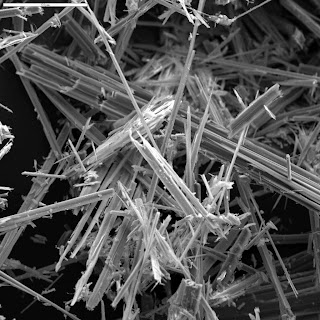(1) Do not confuse "non-resolving pneumonia" with non-resolution of chest x-ray findings. Although radiographic resolution has been used in the past to define this entity, Mittl and colleagues demonstrated that only half of patients with community acquired pneumonia have radiographic resolution at two weeks. Clearance was faster in non-smokers and those treated as outpatients. Having said that, patients with radiographic evidence of pneumonia do require follow-up imaging to ensure resolution and to rule out an underlying mass lesion.
(2) The definition endorsed by the Infectious Disease Society of North America is fairly vague- "a situation in which an inadequate clinical response in present despite antibiotic treatment". As in many things, clinical judgment is paramount - consider ongoing cough with sputum production, fever, performance status, hypoxia and white blood cell count.
(3) The possible etiologies are many and include both infectious and non-infectious causes. Important things to consider are:
- Time of treatment - Patients treated less than 72 hrs should be considered as inadequate treatment time.
- Infectious Causes - Consider a pathogen not covered by your treatment (e.g. tuberculosis, non-tuberculous mycobateria, viral or fungal infections) or a resistant organism (e.g. MRSA pneumonia).
- Non-Infectious Causes - malignancy, interstitial lung disease, heart failure. (The NEJM recently published a report of a patient with assymetric pulmonary edema due to mitral valve dysfunction).
- Complications of Infection - Empyema or parapneumonic effusion.
- Does your patient need ISOLATION? Patients with non-resolving pneumonia should be considered high-risk for tuberculous and influenzae, depending on their epidemiology.
- Does your patient need urgent antimicrobial treatment? If not, consider stopping all antimicrobials to increase the yield of investigations.
- Investigations for everyone - blood cultures
- Investigations to consider - HIV serology, induced sputum, bronchoscopy, CT chest. Very rarely, a patient may need a lung biopsy to make a diagnosis.
- Patients with a pleural effusion need diagnostic thoracentesis, and chest tube insertion if an empyema is identified.
For the full IDSA guidelines on community acquired pneumonia, including a review of the approach to a non-resolving pneumonia, visit the IDSA website.






































